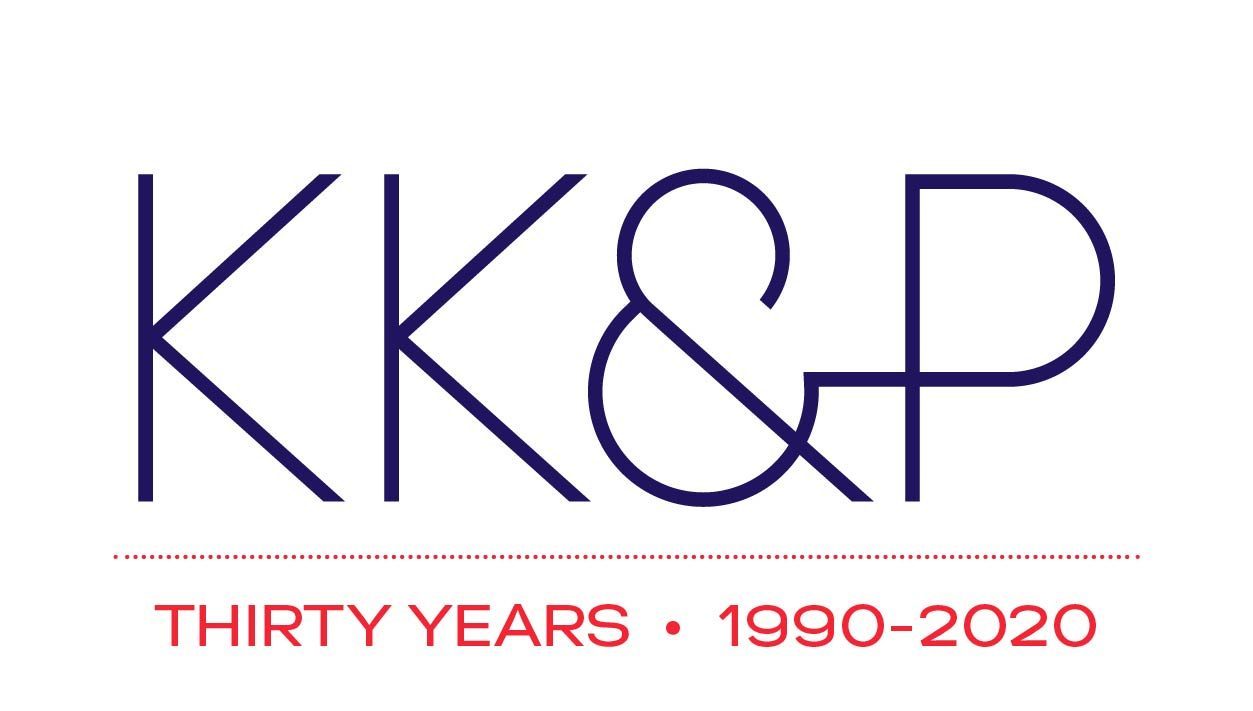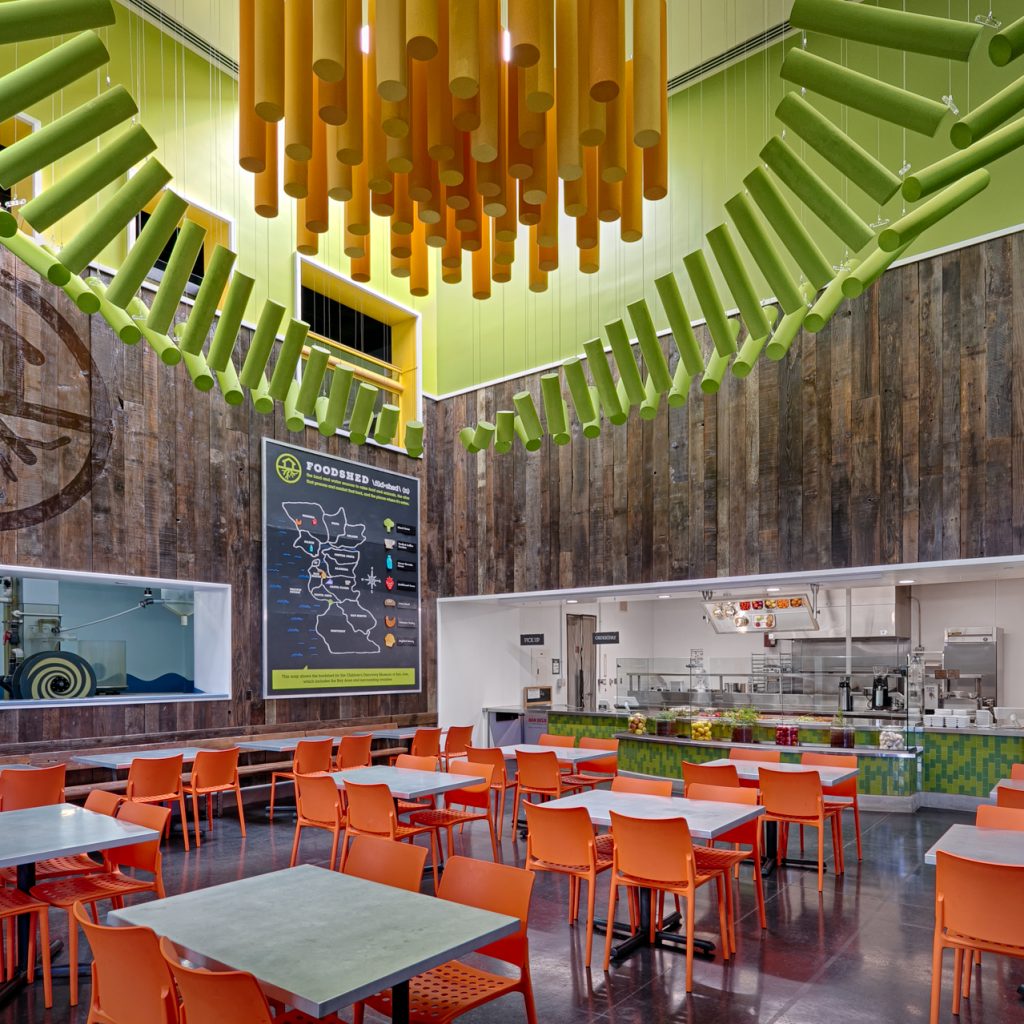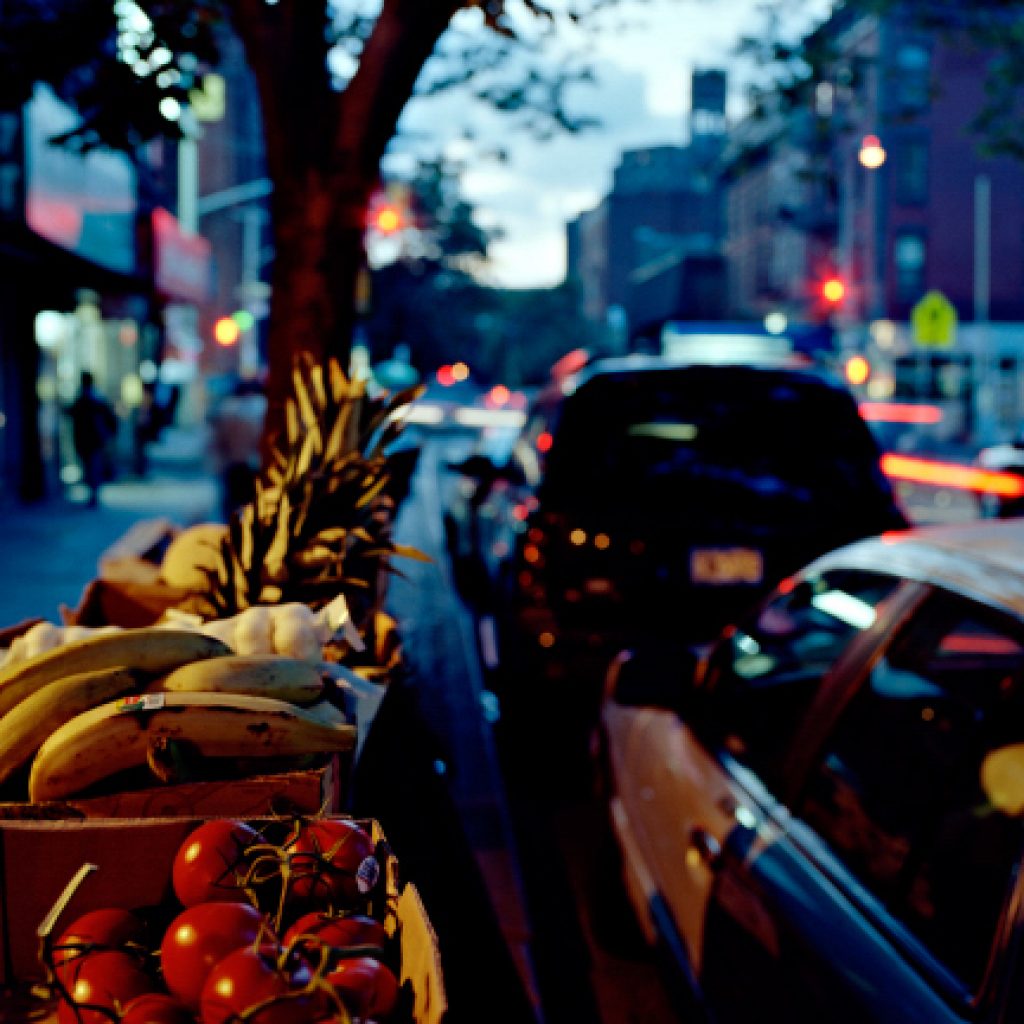
Karen Karp & Partners celebrated 30 years in business in May 2020. Throughout the past year, we’ve marked the milestone by examining our work in the fields of healthy food and health care access, regional food economies, and supply chain sustainability. We’re also reflecting on how we can address the most pressing issues of our times, including creating more resilient supply chains to weather future crises and building more equity across agriculture, food and health innovation, policy, and business. In 2020, founder Karen Karp spoke about the beginning of KK&P from 1990-1995 and 1996-2000. Later, she spoke with Senior Consultant Shayna Cohen about when the local food movement really started happening and Vice President Dick Batten about the beginning of KK&P’s Good People division. In this new, condensed, and edited interview, Karen and former KK&P Senior Consultant Emily Sandusky, who has recently returned to the company to support our research, talk about the period between 2011 and 2015 and how KK&P’s implementation capacity sets it apart from other consultancies.

Emily, you started as an intern at KK&P in 2008. How did you see the company’s work evolve from then until you departed to begin your Ph.D. in 2014?
Emily: KK&P was flourishing, and the diversity and scope of our projects were growing—and fast! We were working with a really wide range of clients…like universities, foundations, and economic development organizations that didn’t start with food as their focus but instead came to food. For example, you might not think that a children’s museum has much to do with food. But we worked with the Children’s Discovery Museum of San Jose to envision and execute FoodShed, a new café at the museum where children and their families learn about and enjoy fresh, healthy, tasty food.
Karen, this period saw a genuine flourishing in the company’s work – its breadth, scale, and diversity of project types and focus areas. What was your experience of this expansion?
Karen: The goal in owning a business is always growth. But our growth didn’t happen because I said the company should grow, and this is how we’re going to grow it. Instead, it was driven by the incredible surge of interest in food systems and improving something about food that would lead to other types of social or ecological improvements.
It was the idea that food can be a means to an end that would have a public good. For example, improving school food and kids’ health by adding more locally-grown fresh fruits and vegetables also improved farmers’ livelihoods.
I was—and continue to be—interested in running a company that has a broader impact than, to take an example from my restaurant days, serving up a meal whose impact is—simply or not—the pleasure of the person eating it.

Was there anything during this time that really drove KK&P’s expansion?
Karen: I think there was one specific thing that led to the particular growth we experienced: the obesity crisis. The trends of diet-related illnesses and the stark impact these were having in lower-income communities, predominantly (but not exclusively) communities of color, created urgency in places like New York City. The NYC Department of Health and Mental Hygiene (DOHMH) had recently been issuing Community Health Surveys, which included two questions – 1) Did you eat a fresh fruit or vegetable yesterday? And 2) How far do you have to go from your home to purchase fresh fruits and vegetables – and the answers made strikingly clear that the people with the poorest health didn’t have access to, nor were they consuming, fresh fruits and vegetables. This pivoted DOHMH to design and implement a wide range of interventions that had implications for education, food purchasing and small business across New York City and, in turn, brought many new projects to KK&P.
These included our expanded work with the NYC Department of Education; the DOHMH itself, through the launch and project management of The NYC Green Cart Initiative, giving strategies for a number of foundations that wanted to support increased fruit and vegetable consumption and obesity reduction. These projects required a combination of skills and expertise across sectors that define KK&P.
Emily, why did you come back to KK&P?
I was looking for an opportunity to do good research—research that would inform effective real-world implementation—in a smart, collaborative atmosphere. On a personal note, my formative professional years were at KK&P. The KK&P team taught me to see the big picture, think entrepreneurially, deliver on the details, and take risks with and for our clients in order to improve food systems. Although I’m newly back, it’s great to feel those wheels turning.
Do you see KK&P as a specialist or generalist consultancy? What about the individual consultants within it?
Karen: We’re generalists obviously within the specialty of food systems. And I’m very proud of being a generalist because a small part of being a generalist, and we’ve mentioned this in past articles, we can speak the language that bridges sectors. We connect the dots between ideas, approaches, systems, and actors that can create exponential change.
How do you think that sets KK&P apart from other consultancies?
Emily: KK&P figures out how all sorts of organizations can root their growth and success in interdependence. Supply chains are great examples of interdependence. Every link in the chain depends on the others in order for the whole to be sustainable and resilient. One part of resilience is trying to prevent the next crisis, whether it’s a crisis of global proportions or a minor crisis in the day-to-day operations of a company. Of course, food is KK&P’s subject area, but the company’s trajectory is toward improving how the food system operates in a mode of interdependence and resiliency.
Karen, where would you like to see the company go next?
Over the past 30 years, almost 31 years, running this business, there have been big crises: 9/11, the recession, Hurricane Sandy, and now COVID-19.
After every one of those crises, the company has experienced a growth spurt. The same thing is happening again as a result of COVID-19. What I want for the world is to be fixing these problems ahead of crises. To not be going in and doing cleanup and patch up afterward, or to not treat food system problems as “new” when we’ve known what they are—and generally what’s needed to fix them—for so, so long now.
Looking back at this period [2011-2015] reminds me of the time we’re in right now because there is a new or renewed awareness of the interconnectedness between farmers’ livelihoods, healthy food access, the role of business and workers, the innovation within and investment in agri-foodtech, and entrepreneurship that are bubbling at the surface to leverage to our and the world’s advantage. We need to not just acknowledge but commit—as strongly as we committed to reducing obesity, which, with all the interventions in NYC and across the country did begin to turn around within ten years—we need to accept the responsibility but also the opportunity that agriculture and food systems have to address the economic, equity and climate crises, and be proactive, now, to take advantage of this moment in government, and our collective human experience of the pandemic. The solutions are right here…..if we are willing to connect the dots.
